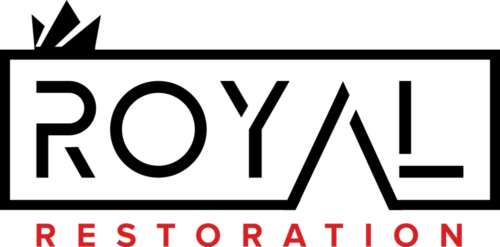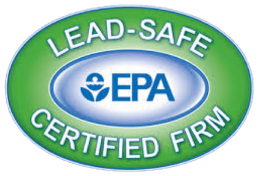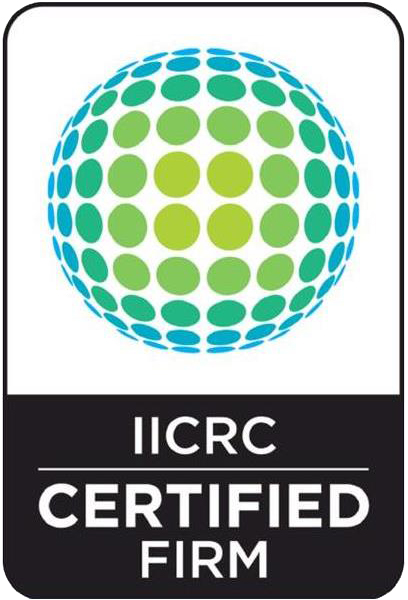A flood is one of the most heartbreaking and damaging natural disasters that every homeowner may experience. This can damage the exterior of your home and almost everything inside it. Flood damage can be very costly and can reach up to $1,046 to $4,000 depending on the coverage of the damage.
Let’s take a look at some flood damage restoration tips to pull down the costs:
Safety should be your priority.
When a flood is out of control, you will be asked to leave your homes. Before doing any flood damage cleanup, make sure to do the following:
- Wear protective clothing, masks, gloves, and rubber boots. Remember, flood water can contain harmful chemicals or any contaminants that can harm your health.
- Prepare all your materials or supplies like cleaning products, and disinfectants.
- Remove all soaked and throw all contaminated materials or food.
- Turn off all the power lines since water and electricity can mix up. Never try turning on any electrical equipment or connecting them to the power supply.
- Unplug all electronics. Never unplug them with wet hands or while standing on a wet surface.
- You may need to contact your electrician to further check any of your home’s electrical circuits.
- If you’re unsure that your appliances or electrical equipment are still working fine, you will need to call your licensed contractors or electricians to have it checked before connecting them to the power source.
Stop and Remove Flood Water
One of the essential tips when it comes to cleaning up flood damage is to find the source. The faster you stop the water from coming in, the lesser the damage and the easier it is to clean up and repair any flood water damage. Flooding can happen because of improper plumbing and leakages. If the flood is caused by these, fix it as soon as possible to minimize water damage.
Some floods are caused by heavy rains. After the rain, you have to check outside and clean up any debris from storm drains. You may need to call the city to help you remove heavy debris.
Once the first step is done, it’s time to remove the flood water. Check all the areas of your home to identify which areas are affected by flooding. Prepare the necessary cleaning supplies such as detergents and disinfectants; you will also need buckets, mops, old rags, and bins. For minimal house flood damage, you might just need a mop to clean it up.
Aside from making sure that all flood water is removed, also check the different corners of your house for any moisture, water, and mud.
Drying out your property
Once all the areas are spotless and disinfected, and flood water is removed, time for drying out the affected area. Drying out is as important as cleaning up, for it will help prevent any rotting and mold growth to occur.
If power is back and your electrical equipment is running fine, you may use portable fans or AC to help you dry out the affected areas. You can also rent or buy high-powered blowers to speed up the drying process. When drying any fabrics such as carpets, rugs, and curtains, you will need a wet/dry shop vacuum that is intended for wet conditions.
The use of a dehumidifier can also be a big help, especially in areas like basements or crawl spaces. Dehumidifiers work by removing excess moisture in the area. They are recommended if you are in an area where there are longer rains or if you have a damp climate.
However, if the power is still not running, you can open the doors and windows for air to circulate. Check for any water-damaged furniture and dry them under the sun. For places like cabinets, containers, and closets, you can place desiccants that aid to remove moisture in sealed areas.
Call your insurance company
Flood damage repair can be costly, therefore, you will need to review your insurance policy to help you cover the losses due to the damage. Most insurance companies offer and cover flooding due to broken or burst pipes, malfunctioning sump-pump, and storms. The sooner you call your insurance company, the sooner they can assess the damage and the sooner they will pay out.
Your insurance company will send an adjuster to look and assess the damage and identify if it is covered in your policy. You have to document everything and take as many photos as possible. Take pictures before, during, and after clean-up. Your evidence will help the adjuster assess the damage as soon as she can visit your home.
Post-flood Care
After you have finished pre-cleaning and have called your insurance company, it is time for post-flood care. This involves determining any damaged furniture, flooring, or drywall. You may need to throw some furniture or fixtures depending on the level of flood water damage.
If you think you can handle everything well, you can begin doing it yourself. However, you can also call a professional clean-up company to help you fully clean your home. For mold removal, you may need experts to fully remove them because once they spread in your home, there is a higher risk of any health problems due to mold growth.
It is good to clean up your home immediately, however, it is better to ask for professional help in assessing and making sure that you and your family are safe from any aftermath of the flood.
Repair
House flood damage such as broken windows, damaged electronics, and compromised flooring, will need repair. Once you receive your payout from your insurance company, you may hire professionals to assess anything that needs to be repaired.
If you are unsure about doing any home repairs, then hiring licensed contractors that specialize in a flood or natural disaster repairs can be very necessary.
Need emergency service for flood damage? Call Us!
We love to hear your thoughts! Do you have some questions or comments? We’ll do our best to answer them.
At Royal Restoration, we have the equipment and skills to help you with flood damage and prevention. You can call us at 202-800-9976 for inquiries or emergencies.
You can also book an appointment online on our site.



